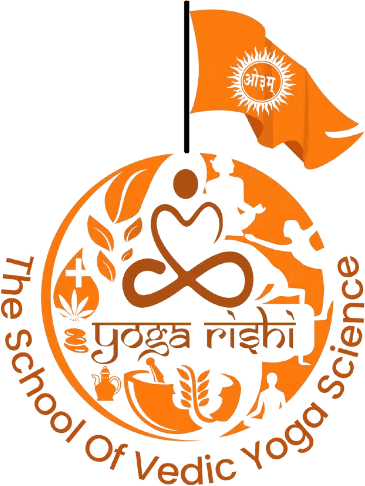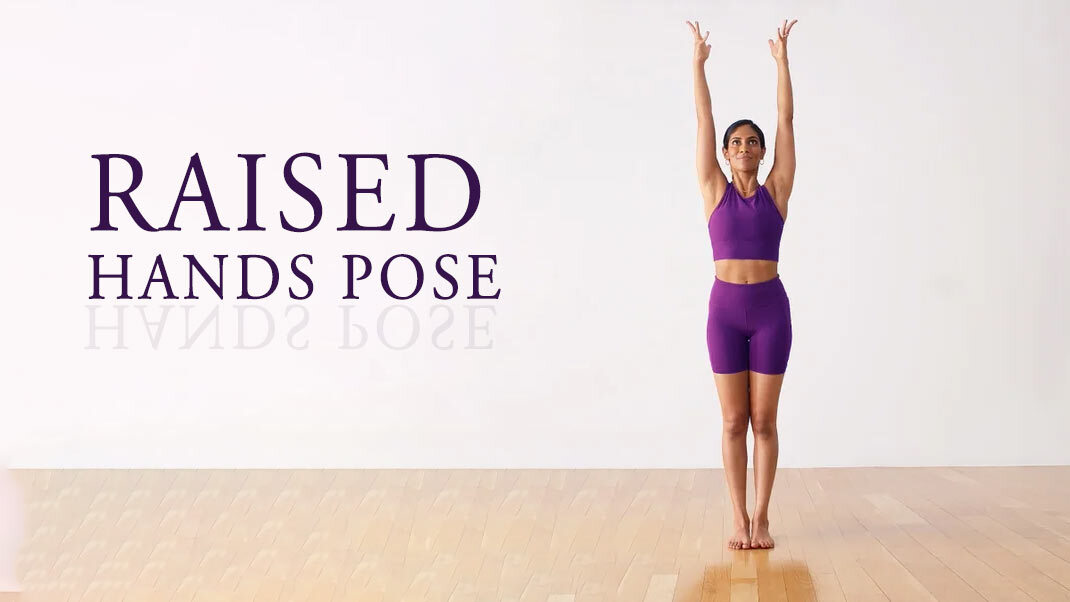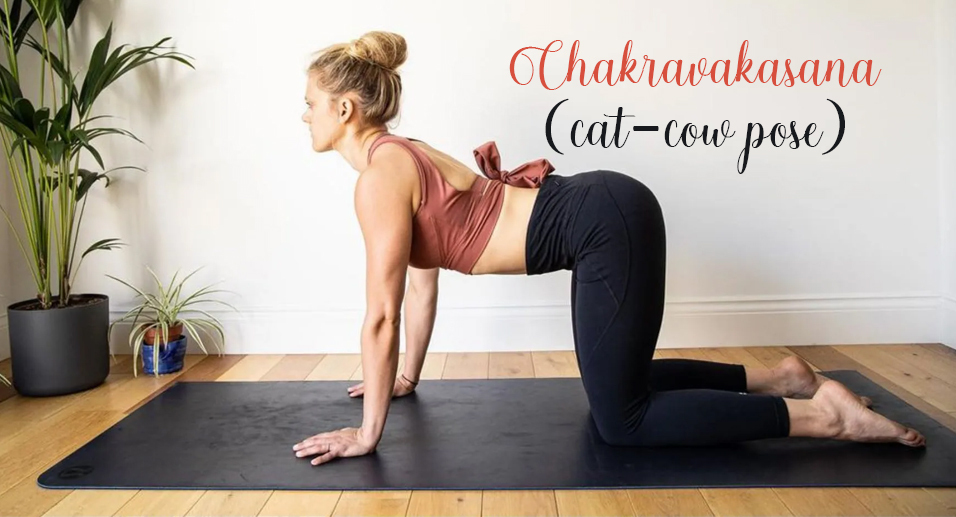
Yoga for Asthma: The Natural Treatment
Introduction:
A dangerous condition that makes respiration challenging is asthma. Via the nostrils, the air that you intake gets to your lungs. These passageways experience aggravation and shrink in dimension as a result of the asthma issue. As a result, the person suffering has trouble breathing since the air he/she inhales cannot properly enter their lungs. He/she could begin coughing, have breathlessness, feel heavy in the chest, etc.
There may be a number of causes for the asthma issue, including:
- Polluted environment.
- Smoke coming out of factories, due to the burning of garbage, cigarettes, etc.
- Dust in the air.
- Respiratory issues due to cold environment.
- Side effects of medicines.
- Emotional damage.
- Stress and depression.
There are several medications on market today that are utilised to treat the asthma condition. However, these drugs only treat the signs and symptoms of asthma; they are not capable of curing it. Additionally, they may cause harmful future negative consequences. Yoga for asthma cure is therefore the most reliable method.
Yoga poses may not be able to reverse the condition, but they can assist to lessen the signs and symptoms. Multiple research studies have demonstrated the beneficial effects of yoga for asthma patients by regulating respiration and decreasing anxiety, which are the two primary causes of asthma.
How Yoga is Useful for Asthmatic Patients?
Any form of physical activity is usually beneficial for treating ailments. The exact same thing is true of yoga’s ability to alleviate the signs and symptoms of asthma. As a supplemental therapy for asthma, one must choose yoga in alongside taking asthma medications. It promotes your quality of life, lessens stress, and supports the medical professionals’ recommended course of therapy.
Yoga incorporates physical poses, deliberate breathing procedures, the practise of meditation, and calming methods that aid in problem-solving. Stretching the chest muscles and widening the passageways assists in the normal passage of air to the lungs and alleviates the discomfort. In basic terms, yoga offers asthma sufferers an integrated approach to enhance their general wellbeing.
A good food plan is essential for managing asthma, in combination with yoga and drugs. It may be quite useful to incorporate specific foods like ginger, garlic, honey, etc. into your dietary routine.
Yoga Asanas for Asthma:
When it comes to yoga, there are respiration techniques and numerous positions that expand the chest that are beneficial for those with asthma. Keeping in mind that every individual has a distinct form of asthma, it is crucial to speak with a medical professional and follow the advice of an approved yoga teacher to determine which asanas are suitable for addressing your specific disease.
Here are some excellent yoga poses that are often advised and might help asthma sufferers:
Breathing Exercises: The Best Pranayama for Asthma
The patients benefit from these activities by learning how to regulate their breathing, decreasing the number of asthma episodes, and improving their general lung health. Let us have a look at the best pranayama for asthma:
- Diaphragmatic Breathing or Belly Breathing or Abdominal Breathing:
Another well-known name for it is “Kapal Bhati.” This practise is intended to assist you in efficiently respiration while using your diaphragm. By using the belly rather than the chest to inhale and exhale, it enhances the respiration rhythm. Your diaphragm becomes stronger, your breathing becomes slower, and your body utilises a lesser amount of oxygen as a result.
- Alternate Nostril Breathing:
In this type of workout, long breaths are inhaled and exhaled successively via the airways. First, the left nostril is sealed off, followed by a deep inhalation through the right nostril and a gradual exhalation from the left. The right nostril is subsequently utilised for exhalation and the left one for inhalation. Multiple times, this procedure is done. It aids in mind and bodily relaxation. Additionally, it strengthens the muscles in your lungs and aids with fluid clearance.
- Pursed Lip Breathing:
It encourages calmness and aids in respiration regulation. The deep breath is inhaled delicately via the nose and expelled via one’s mouth using this technique. Lips are pressed together as if you’re about to extinguish a candle. It aids in managing breathlessness and offers a quick and simple method to reduce the pace of breathing.
The Yoga Moves: Yoga Asanas for Asthma
- Bridge Pose: This position increases the strength of the lungs, expands the chest, and strengthens the lumbar muscles.
- Cobra Pose: This posture expands your chest regions and boosts up the air passages in your lungs while also increasing elasticity.
- Sitting Half Spinal Twist Pose: This position improves respiration by increasing blood circulation and oxygen flow to the lungs.
- Downward Facing Dog Pose: This posture helps persons with asthma breathe easier while soothing the mind by decreasing tension.
- Fish Pose: This posture assists with breathing by stretching the cervical and muscles of the upper back and opening the chest regions.
- Corpse Pose: This comfortable position thoroughly unwinds the body and soothes the mind.
- Easy Pose: This straightforward stance is done while seated. It facilitates prolonged breathing and is relaxing.
- Forward Bend Pose: This position is soothing, helps you respire longer and deeper, and extends your back muscles.
Benefits of Yoga for Asthma Patients:
Here are some key benefits of practicing yoga for asthma patients:
- The airway passages become wider, making it easier for you to inhale and exhale.
- The upper body muscles are relaxed, which makes breathing easier.
- Assists in brain relaxation to prevent asthma episodes brought on by worry.
- Contributes to lung capacity.
- Aids in reducing allergic responses and persistent inflammation.
- As the body position improves, respiration becomes less difficult.
- Increases your endurance.
- Enhances circulatory and cardiovascular health.
Adding Asanas for Asthma to Asthma Treatment Plan:
Yoga is usually beneficial in addition to other therapies. It boosts the efficacy of other medicines. To create a yoga plan specifically for you that meets the demands of your body, you can visit a doctor and a yoga instructor.
Precautions to be Taken while Practicing Yoga for Asthma Cure:
You must take specific safety precautions when doing yoga to control your asthma. Which are:
- If you’re unsure about whether you should practise yoga, see your physician.
- Ask a yoga instructor for advice on the postures that are best for you.
- If you experience any pain while exercising, stop immediately.
- Keep practising yoga regularly at a gentle speed.
Conclusion:
While medications can treat the condition, yoga is a natural option that may help people with asthma manage their symptoms. You must opt for this.









